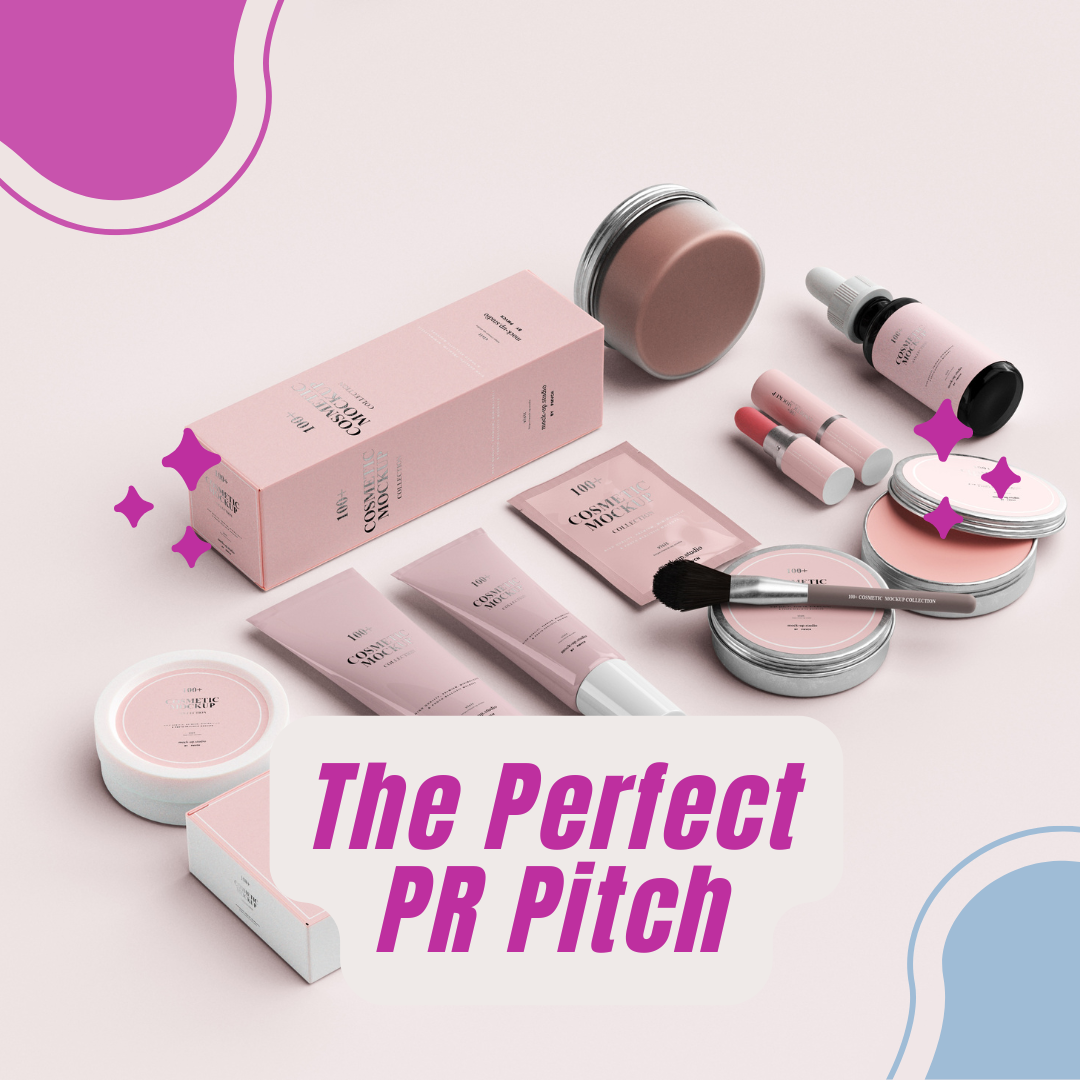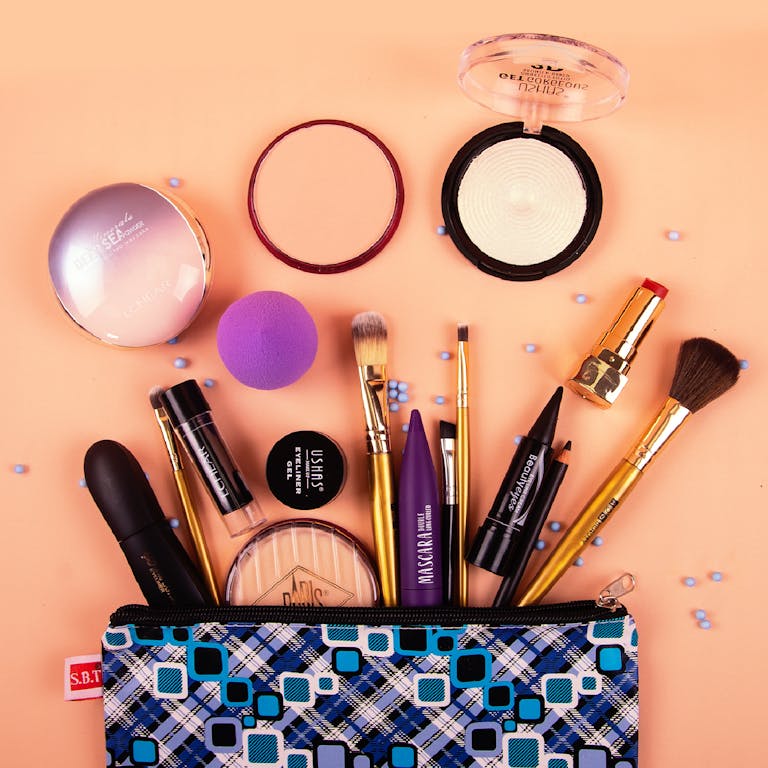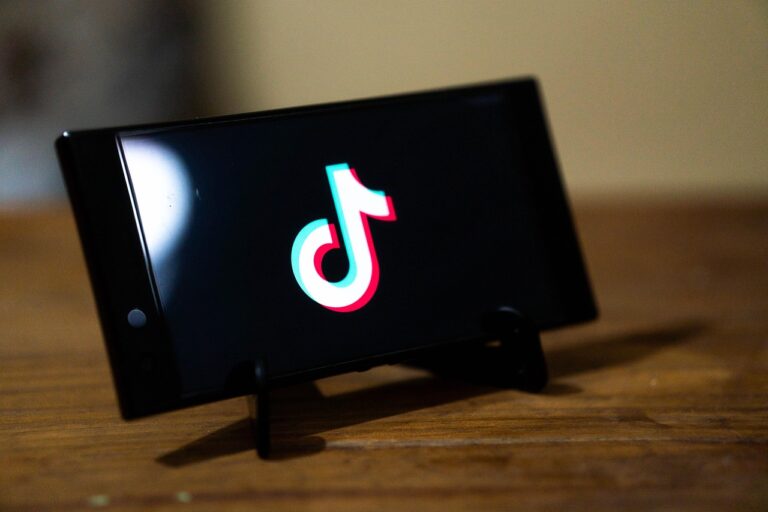How to Pitch to Companies for PR Packages: A Proven Formula

Back in the peak blogging years between 2010-2014, I worked with countless PR firms and marketing teams, receiving over $20,000 worth of product annually. Companies like Dyson, Graco, Britax, KitchenAid, Ninja, Fisher-Price, and countless others regularly sent me products to review and promote to my audience. I was part of an era where mom bloggers were at the forefront of influencer marketing, long before the term “influencer” became mainstream. The art of pitching hasn’t changed that much, but platforms have evolved. Whether you’re a blogger, influencer, content creator, or even a new entrepreneur, knowing how to approach brands is a crucial skill that can open many doors. Here’s how to do it successfully.
The Power of PR Packages
Before diving into the how-to, let me explain why PR packages are valuable not only for the creator but for the brand as well. Brands receive authentic, organic exposure, while bloggers and influencers receive valuable content to share with their audience, build their credibility, and often monetize their platforms through affiliate links, ad revenue, and partnerships.
Between 2010 and 2014, brands were eager to get their products into the hands of bloggers who had loyal, engaged audiences. My niche was primarily parenting, lifestyle, and home, so I received everything from high-end vacuums (Dyson, Hoover) to baby gear (Graco, Britax, Evenflo) to kitchen appliances (KitchenAid, Ninja, Blendtec) and even beauty products (Olay, L’Oreal, Neutrogena). These partnerships not only helped grow my blog, but they also built lasting relationships with many PR firms that continued well into the future.
Step 1: Deep-Dive Research on the Brand
Before you ever hit send, invest time into understanding the company. This is where most people make their first mistake. Do not mass-email 100 brands with the same pitch.
Ask yourself:
- Who is their target customer?
- What types of partnerships have they done before?
- Are they currently running influencer campaigns?
- What are their brand values and mission?
- Do they have seasonal promotions that might align with your content?
Tip: Use Google and social media to your advantage. Search:
- “[Brand Name] influencer partnership”
- “[Brand Name] PR package blogger”
- “[Brand Name] press release”
- Search hashtags on Instagram or TikTok to see if others are working with the brand.
Go to the company’s website and check their Press page, Media page, or Newsroom. Many companies list their PR contacts or agencies there. This gives you a real name and email address to contact rather than a generic info@ email.
Step 2: Select the Right Products for Your Audience
This step is critical. Brands want to know that you’re not just out for freebies. You’re curating their products specifically because they solve problems for your audience.
For example, when I pitched Dyson, I focused on how their products simplified life for busy moms. When pitching baby brands like Graco, I spoke about safety, convenience, and how their products offered peace of mind to new parents.
Ask yourself:
- Which of their products best fit your niche?
- Can you show it being used authentically?
- Does it align with your audience’s values and interests?
Tip: If you’re a mom blogger, you might request a high chair or stroller. If you’re a home blogger, maybe a cordless vacuum or air purifier. Be laser-focused and specific.
Step 3: Frame the Pitch as a Problem Solver
Think like a marketer. Brands don’t want to hear why YOU want the product. They want to hear why THEIR PRODUCT is a solution for your AUDIENCE.
Structure your pitch around these questions:
- What pain point does your audience have?
- How does this product solve that problem?
- Why is your platform the perfect vehicle to showcase this solution?
Example:
“My readers often ask for solutions to keep their homes allergen-free with young kids and pets. Featuring your cordless vacuum allows me to educate them on quick daily cleaning routines that fit their busy lifestyles.”
Step 4: Personalize Every Single Pitch
This cannot be stressed enough. Mass emails get ignored or flagged as spam. Personalization is your secret weapon.
- Use the contact’s full name (research if you have to!).
- Mention a recent campaign, product launch, or initiative.
- Explain why your audience is an excellent match for their current goals.
- Show them you’ve done your homework.
Tip: Keep a spreadsheet with notes about each brand, PR contact names, current campaigns, product lines, and previous influencer collaborations. This makes future pitching faster and even more targeted.
Sample PR Pitch Email Template (With Analysis)
Subject: Collaboration Inquiry: Featuring [Product Name] on [Your Blog Name]
Dear [Contact Name],
My name is [Your Name], and I run [Your Blog Name], a blog focused on [Your Niche] with a dedicated audience of [X] monthly readers and [X] social media followers. I’ve followed [Brand Name]’s recent launch of [Product Name/Initiative] and was impressed by how your brand prioritizes [core value or benefit].
I believe [Product Name] would strongly resonate with my audience of [describe your audience – busy moms, home cooks, health-conscious families, etc.], who are actively seeking [specific solutions the product provides].
I would love to feature [Product Name] in an upcoming blog post/video/tutorial, demonstrating how it helps [solve the problem]. My content typically garners [specific engagement metrics] and would include SEO-optimized blog posts, social media promotion, and email list distribution.
If you’re open to collaboration, I’d be happy to provide my media kit and campaign proposal for your review.
Thank you for considering this opportunity. I look forward to hearing from you.
Warm regards, [Your Name] [Your Blog URL] [Social Media Links] [Phone Number]
Analysis of Each Portion (To Avoid Spam Flags):
- Subject Line: Clear, professional, and specific. No all-caps or spammy words.
- Opening Paragraph: Personalized with recent brand activity. Demonstrates you’ve done your research.
- Middle: Focuses on how you serve their target audience’s needs.
- Call-to-Action: Gentle and professional request for next steps.
- Signature: Professional with multiple contact points.
Avoid phrases like “free stuff,” “sponsorship request,” or “gift me this.” Instead, focus on mutual benefit.
Bonus Pro Tips to Stand Out
- Create a Media Kit: Include stats, demographics, past brand collaborations, audience engagement, testimonials, and contact information.
- Timing Matters: Pitch during seasonal product launches, holiday shopping guides, or back-to-school seasons.
- Follow Up: If you don’t hear back in 10-14 days, send a polite follow-up email.
- Be Consistent: Pitching is a numbers game. The more personalized pitches you send, the higher your success rate.
- Build Relationships: Don’t treat PR teams like vending machines. Nurture long-term partnerships.
Final Thoughts: The Long Game
Pitching to brands is not just about scoring free products. It’s about building partnerships that benefit both parties and serve your audience with valuable, helpful content. My early days of blogging opened doors that led to long-term collaborations, affiliate partnerships, and even paid brand ambassadorships.
If you approach pitching as a professional business strategy, you’ll stand out from the crowd. Research deeply, craft thoughtful pitches, personalize your message, and be patient. Authentic relationships lead to incredible opportunities.
With the right approach, you can absolutely replicate the success I had and even surpass it in today’s influencer landscape.




